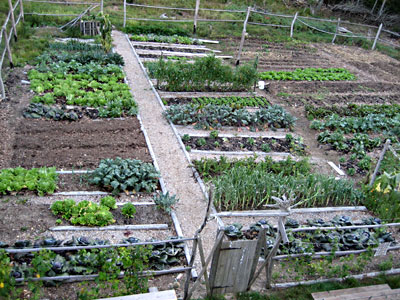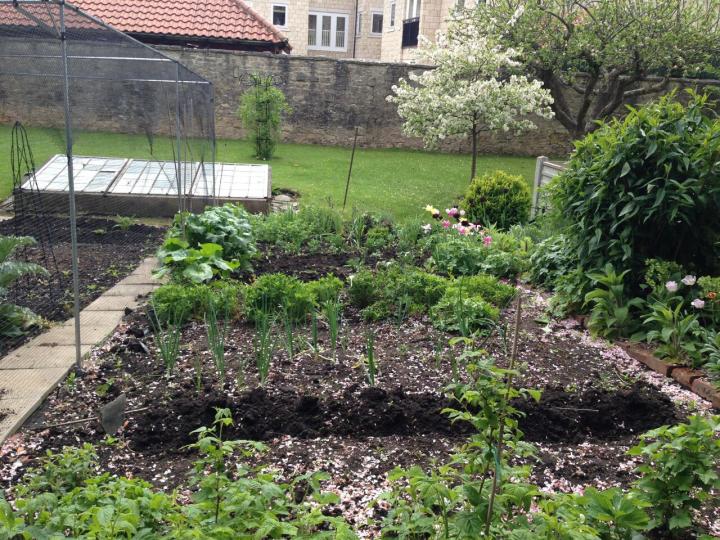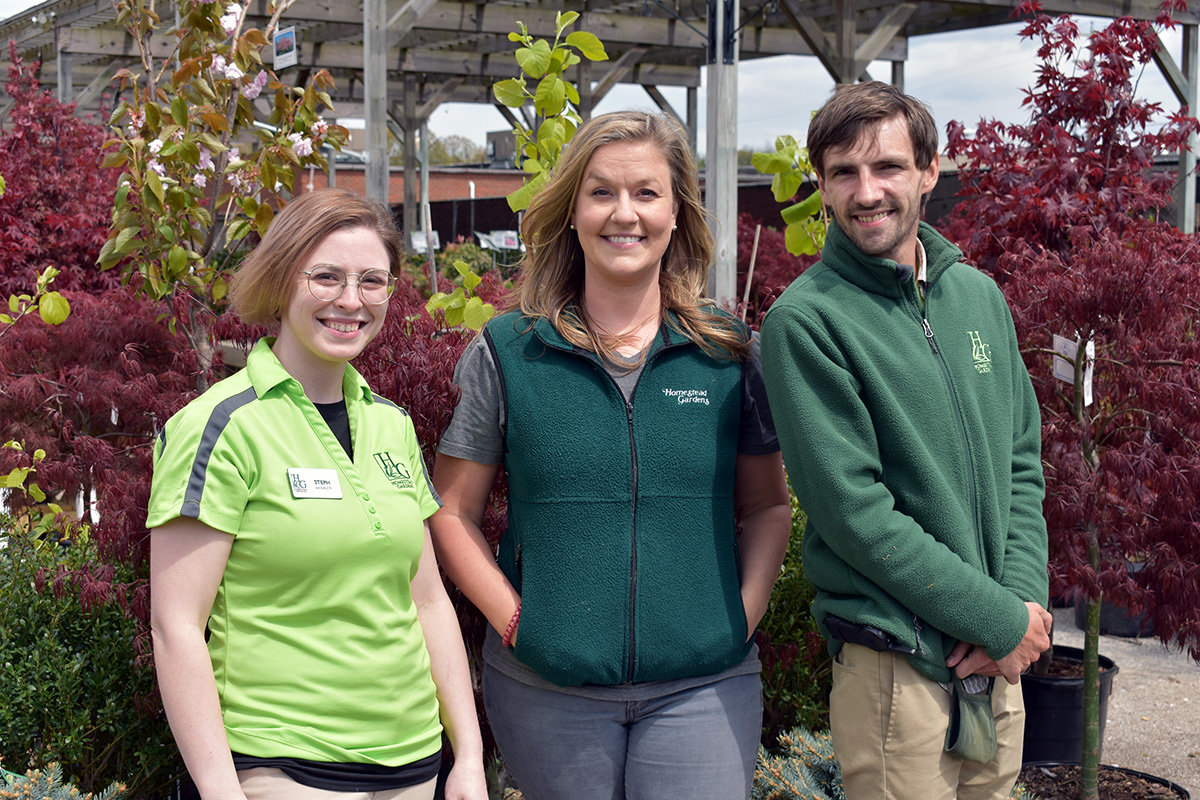Watering and Soil Management Tips for Homestead Gardening
Watering and Soil Management Tips for Homestead Gardening
Blog Article
Uncover the Tricks to Developing a Lovely and Productive Gardening Area
Producing a productive and attractive horticulture space is not just an issue of planting flowers and vegetables; it requires a strategic method that encompasses various critical elements. From selecting the right place based on sunshine and soil kind to attentively creating your design and picking ideal plants, each choice plays a pivotal duty in the success of your garden. Recurring upkeep is necessary to sustain its appeal and efficiency. As you consider these aspects, think about how they link to open the full possibility of your gardening undertakings. What specific techniques can elevate your room beyond the ordinary?
Selecting the Right Location
Choosing the perfect area for your garden is essential to its success and overall aesthetic appeal. The initial action in this process entails examining sunshine exposure, as most plants need at the very least six hours of direct sunlight daily (Homestead Gardening). A south-facing garden usually receives one of the most light, while shaded areas can hamper development and blooming
Additionally, think about dirt top quality and drainage. Well-draining soil is vital to protect against waterlogged roots, which can result in plant diseases. Conducting a soil test can supply beneficial info regarding pH degrees and nutrient content, allowing you to change the dirt accordingly.
Furthermore, distance to water resources is one more factor to consider - Homestead Gardening. Having easy access to a hose or watering system can simplify the watering process and encourage regular plant care. Wind defense is additionally vital; positioning your yard near structures, such as wall surfaces or fencings, can secure it from rough winds that might harm fragile plants
Lastly, think about availability for maintenance and harvesting. A well-placed garden permits convenient gain access to, ensuring that you can easily have a tendency to your plants without triggering excessive stress and anxiety or disruption. Thoughtful location selection lays the structure for a prospering garden.
Selecting Plants Sensibly
When picking plants for your garden, it's important to think about variables such as climate, dirt conditions, and individual preferences to guarantee a efficient and unified room. A thorough understanding of your regional climate will certainly guide you in selecting plants that grow in your certain setting. As an example, selecting drought-resistant selections is valuable in dry regions, while moisture-loving types may be a lot more ideal for areas with high rainfall.
Dirt conditions are similarly essential; carrying out a dirt test can disclose pH levels and nutrition web content, allowing you to choose plants that will flourish. Native plants are commonly an excellent choice, as they are usually well-adapted to neighborhood dirt types and call for much less upkeep.
Additionally, consider your gardening objectives. Are you aiming for an ornamental screen, a veggie yard, or possibly a combination of both? This will certainly affect your options significantly. Mirror on your individual choices-- selecting plants that resonate with your aesthetic tastes will certainly enhance your satisfaction and dedication to keeping your garden. By thoroughly evaluating these variables, you can produce a varied and thriving plant selection that boosts your horticulture experience.
Designing Your Yard Format
With an attentively picked plant selection in hand, the following action is to create a yard layout that makes best use of both appeal and capability. Begin by analyzing the available area, thinking about variables such as color, sunlight, and wind patterns. A well-planned design must integrate numerous zones, including areas for growing, pathways, and possibly seating.
Begin with bigger plants or prime focus, such as trees or high perennials, positioned purposefully to produce visual rate of interest. Layer smaller sized plants in front to boost depth and texture. Consider the development routines of your chosen plants; taller selections should be placed at the back or facility of beds, while much shorter ones can line the edges.
Incorporating pathways not just promotes accessibility for see upkeep yet additionally welcomes exploration. Usage products that match the garden's overall visual, whether timber, crushed rock, or rock chips.
Furthermore, consider seasonal changes and how your design will look throughout the year. Integrating evergreens along with seasonal flowers can make sure year-round charm. Ultimately, a properly designed yard format harmonizes the natural beauty of plants with practical considerations, leading to a room that is both welcoming and effective.
Enhancing Soil Health And Wellness

To boost dirt health and wellness, begin by carrying out a dirt test to evaluate pH degrees, vitamins and mineral web content, and soil appearance. This will inform your changes. Include raw material such as garden compost, well-rotted manure, or fallen leave mold and mildew to improve dirt structure, water retention, and microbial task. Additionally, exercising plant rotation can protect against nutrition deficiency and decrease insect and disease stress.
Mulching is one more efficient strategy; it not only conserves wetness however likewise suppresses weeds and gradually improves the dirt a knockout post as it damages down. Avoiding excessive tillage is critical, as it can disrupt dirt structure and injury helpful organisms. Instead, adopt no-till or very little husbandry practices to preserve dirt integrity.

Keeping Your Yard Efficiently
A well-maintained garden is a resource of satisfaction and productivity, requiring constant attention to guarantee that plants flourish and the landscape stays inviting. Effective yard maintenance involves a number of key methods that improve the health and wellness of your plants and the general visual of your space.
Routine watering is important; however, it is necessary to tailor your watering routine based upon the specific demands of your plants and neighborhood climate conditions. Mulching can aid retain dampness, reduce weeds, and manage dirt temperature. Furthermore, prompt weeding protects against competition for nutrients and sources, making sure that your plants thrive.
Trimming is another important job. It motivates healthy development, gets rid of diseased or dead branches, and forms plants to keep an attractive framework. In addition, keeping an eye on for parasites and conditions is important; early discovery and intervention can save your plants from considerable damage.
Fertilization ought to be carried out thoughtfully, using natural options whenever possible to advertise long-lasting soil wellness. Finally, seasonal jobs such as planting, dividing perennials, and getting ready for wintertime will guarantee your yard remains lively year-round. read here By following these practices vigilantly, you can cultivate a yard that is both effective and attractive.
Final Thought
Selecting a suitable place with adequate sunlight, picking appropriate plants, designing a visually pleasing design, boosting dirt health, and making sure routine maintenance are important parts. By integrating these techniques, one can cultivate a growing garden that not just boosts the landscape yet also advertises eco-friendly balance and sustainability.
From selecting the right area based on sunshine and soil type to attentively designing your format and picking appropriate plants, each choice plays an essential duty in the success of your garden. Well-draining dirt is crucial to stop water logged roots, which can lead to plant illness.When selecting plants for your yard, it's vital to think about factors such as environment, soil problems, and personal choices to make sure a efficient and harmonious room. Ultimately, a well-designed garden design integrates the all-natural elegance of plants with useful considerations, resulting in a room that is both welcoming and productive.

Report this page